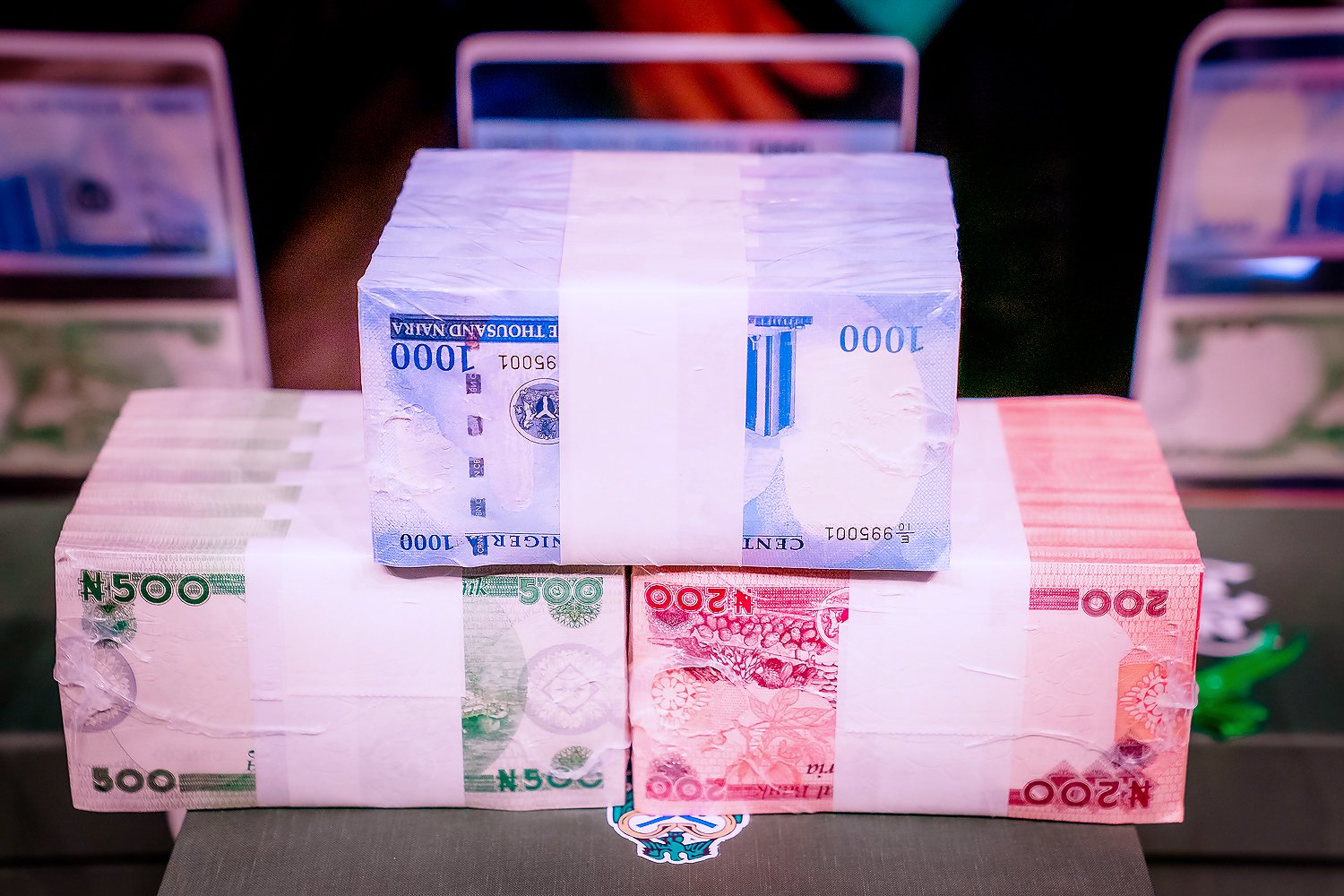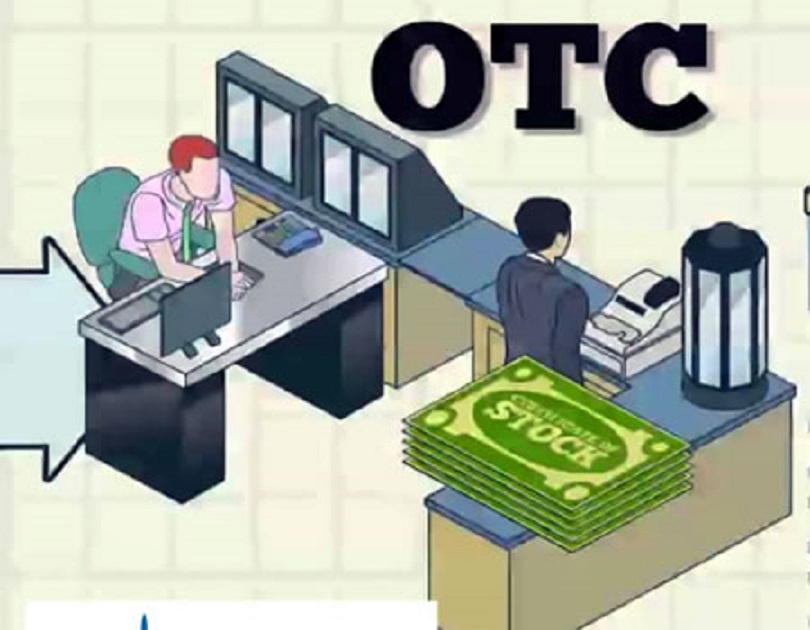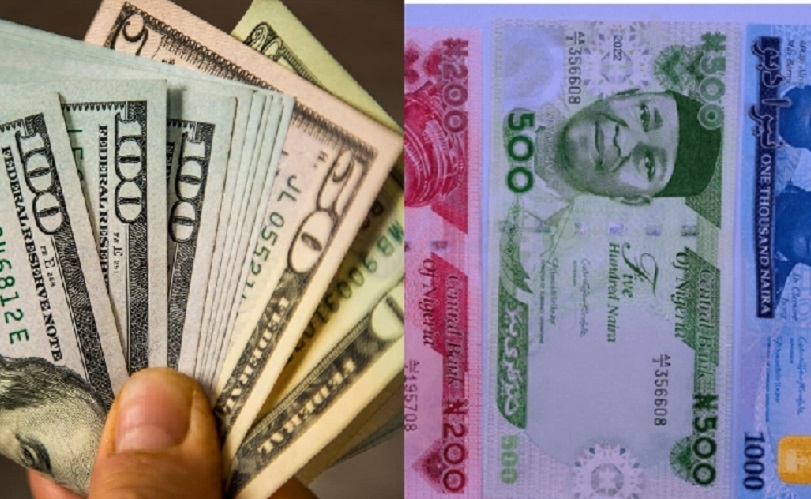Economy
CBN Begins Distribution of Redesigned Naira Notes

By Aduragbemi Omiyale
The Central Bank of Nigeria (CBN) has commenced the distribution of the newly redesigned Naira notes ahead of the planned introduction into circulation on Thursday, December 15, 2022.
According to the Director of Currency Operations at the CBN, Mr Bello Umar, the distribution of the new banknotes commenced yesterday, and it is to the branches of the apex bank across the country.
It was gathered that from there, the new notes, N200, N500, and N1,000, would be disbursed to commercial banks and other financial institutions.
However, he stressed that the January 31, 2023, deadline for the return of the old notes would not be extended as anticipated by some people, urging those with the old notes to deposit them in their banks.
Mr Umar emphasised that from February 1, 2023, the old N200, N500 and N1,000 would no longer be accepted as a means of financial transactions.
“From Thursday, we will start distribution to CBN branches across the country. So that whenever we are set to launch, maybe at a later date, we already have the notes across the country,” he told newsmen in Abuja.
On October 26, 2022, the central bank announced that it would change the look of the higher banknotes to tackle crime and inflation.
At a briefing to announce the Naira redesign, the Governor of the CBN, Mr Godwin Emefiele, said the majority of cash in circulation was not in the banks’ vaults.
According to him, the bank could not account for about N2.7 trillion of the N3.2 trillion in circulation, stating that this forced the apex bank to redesign the Naira.
Shortly after this announcement, videos of old Naira notes stashed surfaced online, making many persons to commend the central bank for the move.
Last month, President Muhammadu Buhari unveiled the new Naira notes, praising Mr Emefiele and his team for taking the move.
Economy
NASD OTC Securities Exchange Closes Flat

By Adedapo Adesanya
The NASD Over-the-Counter (OTC) Securities Exchange closed flat on Thursday, December 12 after it ended the trading session with no single price gainer or loser.
As a result, the market capitalisation remained unchanged at N1.055 trillion as the NASD Unlisted Security Index (NSI) followed the same route, remaining at 3,012.50 points like the previous trading session.
However, the activity chart witnessed changes as the volume of securities traded at the bourse went down by 92.5 per cent to 447,905 units from the 5.9 million units transacted a day earlier.
In the same vein, the value of securities bought and sold by investors declined by 86.6 per cent to N3.02 million from the N22.5 million recorded in the preceding trading day.
But the number of deals carried out during the session remained unchanged at 21 deals, according to data obtained by Business Post.
When trading activities ended for the day, Geo-Fluids Plc remained the most active stock by volume (year-to-date) with 1.7 billion units sold for N3.9 billion, Okitipupa Plc came next with 752.2 million units valued at N7.8 billion, and Afriland Properties Plc was in third place with 297.5 million units worth N5.3 million.
Also, Aradel Holdings Plc remained the most active stock by value (year-to-date) with 108.7 million units worth N89.2 billion, followed by Okitipupa Plc with 752.2 million units valued at N7.8 billion, and Afriland Properties Plc with 297.5 million units sold for N5.3 billion.
Economy
Naira Firms to N1,534/$1 at NAFEM, Crashes to N1,680/$1 at Black Market

By Adedapo Adesanya
The Naira appreciated against the United States Dollar at the Nigerian Autonomous Foreign Exchange Market (NAFEM) by N14.79 or 0.9 per cent to trade at N1,534.50/$1 compared with the preceding day’s N1,549.29/$1 on Thursday, December 12.
The strengthening of the domestic currency during the trading session was influenced by the introduction of the Electronic Foreign Exchange Matching System (EFEMS) by the Central Bank of Nigeria (CBN).
The implementation of the forex system comes with diverse implications for all segments of the financial markets that deal with FX, including the rebound in the value of the Naira across markets.
The system instantly reflects data on all FX transactions conducted in the interbank market and approved by the CBN; publication of real-time prices and buy-sell orders data from this system has lent support to the Naira at the official market.
Equally, the local currency improved its value against the British Pound Sterling by N3.91 to wrap the session at N1,954.77/£1 compared with the previous day’s N1,958.65/£1 and against the Euro, the Nigerian currency gained N2.25 to sell for N1,610.41/€1 versus N1,612.66/€1.
However, in the black market, the Naira crashed further against the US Dollar on Thursday by N10 to quote at N1,680/$1 compared with Wednesday’s closing rate of N1,670/$1.
Meanwhile, the cryptocurrency market majorly corrected after earlier gains as US President-elect Donald Trump reiterated his ambition to embrace crypto assets, but a bond market rout dragged risk assets lower.
Mr Trump said, “We’re going to do something great with crypto” while ringing the opening bell at the New York Stock Exchange, reiterating his ambition to embrace digital assets in the world’s largest economy and create a strategic bitcoin reserve.
Alongside, the European Central Bank trimmed its benchmark interest rates by 25 basis points and in its dovish policy statement hinted that more rate cuts were likely to happen.
The biggest loss was made by Cardano (ADA), which fell by 4.9 per cent to trade at $1.10, followed by Ripple (XRP), which slid by 4.1 per cent to $2.33 and Dogecoin (DOGE) recorded a value depreciation of 2.9 per cent to sell at $0.4064.
Further, Solana (SOL) slumped by 1.8 per cent to $225.89, Binance Coin (BNB) slipped by 1.3 per cent to $746.92, Bitcoin (BTC) declined by 0.6 per cent to $99,998.18, Ethereum (ETH) crumbled by 0.5 per cent to $3,909.43, and Litecoin (LTC) dipped by 0.3 per cent to $121.52, while the US Dollar Tether (USDT) and the US Dollar Coin (USDC) remained unchanged at $1.00 each.
Economy
Oil Market Falls on Expected Increase in Supply Surplus

By Adedapo Adesanya
The oil market slumped on Thursday, pressured by an expected increase in supply, supported by rising expectations of a Federal Reserve interest rate cut.
The International Energy Agency (EIA) made a slight upward revision to its demand outlook for next year but still expected the oil market to be comfortably supplied, with Brent crude futures losing 11 cents or 0.15 per cent to trade at $73.41 per barrel and the US West Texas Intermediate (WTI) crude futures declining by 27 cents or 0.38 per cent to finish at $70.02 per barrel.
The IEA in its monthly oil market report increased its 2025 global oil demand growth forecast to 1.1 million barrels per day from 990,000 barrels per day last month, largely in Asian countries due to the impact of China’s recent stimulus measures.
At the same time, the IEA expects nations not in the Organisation of the Petroleum Exporting Countries and Allies (OPEC+) group to boost supply by about 1.5 million barrels per day next year, driven by the US, Canada, Guyana, Brazil and Argentina – more than the rate of demand growth.
On Wednesday, OPEC cut its demand growth forecast for 2024 for the fifth straight month.
The IEA said that, even excluding the return to higher output quotas, its current outlook is to a 950,000 barrels per day supply overhang next year, which is almost 1 per cent of the world’s supply.
The Paris-based agency said this would rise to 1.4 million barrels per day if OPEC+ goes ahead with its plan to start unwinding cuts from the end of next March.
Next year’s surplus could make it harder for OPEC+ to bring back production. The hike was earlier due to start in October 2024, but OPEC+ has delayed it amid falling prices.
Meanwhile, inflation rose slightly in November increasing the possibility of a US Federal Reserve rates cut again as the data fed optimism about economic growth and energy demand.
Support also came as crude imports in China grew annually for the first time in seven months in November, up more than 14 per cent from a year earlier.
-

 Feature/OPED5 years ago
Feature/OPED5 years agoDavos was Different this year
-
Travel/Tourism8 years ago
Lagos Seals Western Lodge Hotel In Ikorodu
-

 Showbiz2 years ago
Showbiz2 years agoEstranged Lover Releases Videos of Empress Njamah Bathing
-

 Banking6 years ago
Banking6 years agoSort Codes of GTBank Branches in Nigeria
-

 Economy2 years ago
Economy2 years agoSubsidy Removal: CNG at N130 Per Litre Cheaper Than Petrol—IPMAN
-

 Banking2 years ago
Banking2 years agoFirst Bank Announces Planned Downtime
-

 Sports2 years ago
Sports2 years agoHighest Paid Nigerian Footballer – How Much Do Nigerian Footballers Earn
-

 Technology4 years ago
Technology4 years agoHow To Link Your MTN, Airtel, Glo, 9mobile Lines to NIN






















